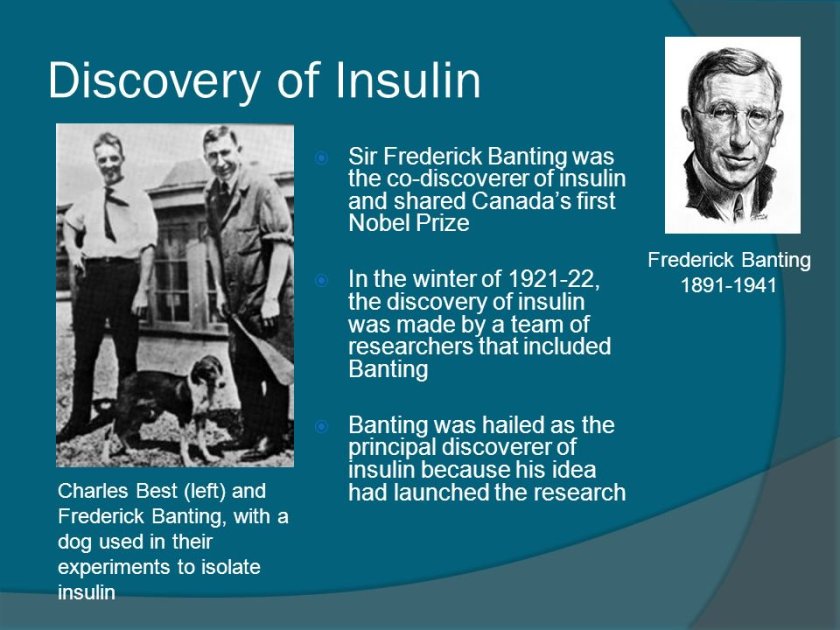November is national diabetes awareness month and while the awareness month is coming to an end, awareness should be spread all year long. Originally I was going to do one long blog post addressing the different types of diabetes and what to do about them, however after giving it some thought that is too much information to condense into one post. I will do three parts to my Diabetes Awareness series. There are two main types of diabetes, type 1 and type 2 then throw in prediabetes and you have a mess. Part one will focus on Type 1, while parts two and three will focus on A1C, Prediabetes and Type 2 diabetes.
Type 1 diabetes is an autoimmune condition where the body starts attacking the beta cells in the pancreas resulting in insulin to stop being produced. A T1D will have high blood sugar levels along with little to no insulin, they will literally melt away if they do not receive insulin via injection or pump. As of now there is no cure for type 1 diabetes, however there are ways to make it more manageable.
Type 1 used to be called juvenile onset diabetes as it was mostly seen in children and Type 2 was called adult onset because it was typically found in adults that had made poor lifestyle choices, were overweight and in poor health. This however is no longer the case as adults are now being diagnosed with type 1, the cause for this is unknown and not often, and many of our youth are being diagnosed at an alarming rate with Type 2 diabetes as a result of poor diet. I will go into more detail on Type 2 in part 3 of this series. The one thing both types have in common is that diet change and supplementation helps both types. I will talk about that later, first I want to introduce you to someone special.

This is my husband, Mr Low Carb, and me at a roaring 20’s themed party this past July. Mr. LowCarb is a type 1 diabetic for many years and for many years it has been controlled poorly primarily due to the poor dietary advice given by the ADA and the diabetic doctors. The thought was always, “why deprive diabetics, just eat what you want and cover with insulin.” This is the worst advice that could ever be given!
Today T1Ds have access to various insulins to mimic the pancreas and blood glucose meters to monitor sugar levels. This wasn’t always the norm however as insulin wasn’t discovered until 1922! Prior to insulin, type 1 diabetics had a short life span and they controlled blood sugars, to the best of their ability, using a very low to no carbohydrate diet. Low to no carbohydrates meant blood sugars would stay lower. In 1922 Frederick Banting and Charles best discovered insulin. This discovery saved many patients that had fallen into comas. They gave this breakthrough freely with no profit made on their part. However today, insulin is one of the most expensive medications on the markets and the pharmaceutical industry bilks diabetics who cannot live without this medication….but that’s another topic for another post.

Blood glucose monitoring was not discovered until the 1960s and to monitor blood glucose you went to the hospital once a month to get your sugars tested. The first blood glucose meter was very big and cost about $600 in the 1970s. Physicians were the only ones able to purchase these monitors.

In the 1980s testing at home was made possible with a meter and strips. The meters have been getting better all the time and now it’s not uncommon for diabetics to wear a continuous glucose monitor to see their blood glucose all the time allowing for tighter control.
The ADA will say Type 1 diabetics will not have normal blood sugars or low A1Cs, they are satisfied with A1C levels of being in the 8s, which is an average of blood sugars in the 200s where many complications occur! More about A1C in part 2.
I say Type 1 diabetics deserve normal blood sugars and A1Cs. Thanks to the efforts of people like Dr. Bernstein they can get them! Dr. Bernstein is a long time type 1 diabetic well into his 80s now with normal numbers. When he was younger his diabetes was out of control do to the lack of being able to test blood sugars. Bernstein was an engineer and his wife a physician. When the first meter came out in the 70s his wife obtained a meter and he figured out what affected his sugars and what amounts of insulin was needed for certain foods eaten. He wrote papers and tried to get the ADA to listen to him, however because he was an engineer they wouldn’t take him seriously. So in his 40s he went back to school for medicine and endocrinology specifically, then he was taken seriously and his papers published. He has gone on to help thousands of type 1 diabetics have normal blood sugars with low carb eating and the law of small numbers. He has written a book and also has much of his teachings on YouTube as well. This should be required reading for type 1 diabetics. We need to get the ADA to see this is what these diabetics need to help prevent complications and medical conditions.


It is because of Dr. Bernstein’s work and combining that with NeoLife that Mr. Low Carb has gotten his A1C down to 7.5!(lowest it’s been in 25yrs!) down from 8.9 in January(a month after we started eating LCHHF) and down from 11.4 sometime in 2017 when he was on statins and other things. He has been able to consistently lower his insulin amounts and keep his sugars normal. This is huge as smaller insulin dosages are more predictable. I wish my mother in law and Mr. LC would have been taught this when he was first diagnosed at age 13 because we wouldn’t feel like we are fighting an uphill battle to get things where they should be after years of being all over the place. But fight this battle we will. We are now looking forward to seeing his A1C get down to the 5s or lower as time goes on.
If you know a type 1 diabetic or are one yourself know you too can have great health, great blood sugar numbers, and amazing A1Cs. Lets keep spreading the awareness and the ADA will eventually have to take notice when they are seeing results.